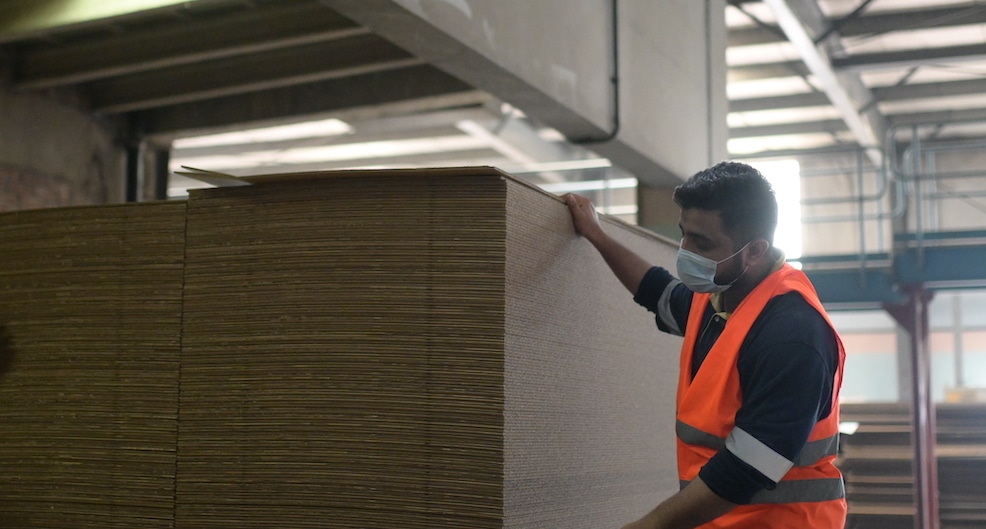Supply Chain Challenges in Pakistan’s Corrugation Industry
Greetings! My name is Ahsan Shafique. I am a Mechanical Engineering graduate from GIK Institute. I have been recently hired as a Management Trainee Officer in the Supply Chain Planning Department at Roshan Packages.
Roshan Packages is a rapidly growing organization, and in the process, it is ensuring that its employees also grow at an equal pace with it. Not only enhancing the skill set of its employees but also working on their personal grooming and development, and providing a working environment that is conducive to exponential learning and growth. The environment and the work culture here at Roshan Packages are very professional as people here are not working as individuals but as a team, helping and supporting each other, and focused on achieving success as a team. At Roshan Packages, the success of an individual is the success of the team he is part of.
I am pleased to be a part of a talented bunch of individuals selected as Management Trainees after a rigorous process. Unlike other organizations, the Management Trainee Program at Roshan Packages is designed to create future leaders capable of accelerating the growth of the organization. I feel very lucky and accomplished working for Roshan Packages, and I look forward to having a great working experience with all my colleagues at Roshan Packages.
I would like to take this opportunity to highlight a major challenge Roshan Packages, and the corrugated packaging industry, in general, is facing right now. Roshan Packages is facing a shortage of raw materials and rising input costs. For instance, prices of Kraft paper, which is utilized for making corrugated boxes have doubled – a record – in the past 2 years. The reason for the increase in Kraft paper price is that European Union has banned exports of waste cuttings, a relatively less expensive raw material. Also, post-covid, the import of input materials has been seriously impacted, due to worsened logistical problems.

Apart from this, irregular supplies have compounded the already existing problems of soaring waste paper prices, and soaring input costs, mainly fuel and starch, and there are little signs of this price pattern turning around soon. The conversion costs have also increased due to an increase in the cost of starch. Prices of chemicals such as caustic soda have almost doubled in the last few months. Even the prices of ink have surged.
Another major reason for the crisis is China’s decision to ban imports of wastes, including waste paper. With this ban coming into effect, China is now importing kraft paper that is now being used as a fiber to produce paper. This, in turn, has created a shortage of Kraft Paper in Pakistan.
For the corrugated industry in Pakistan to remain viable, especially the SMEs, the government must limit the export of Kraft paper, as it would restore the supply of Kraft paper for the local industry. Also, there is a need to raise the price of corrugated packaged boxes to remain viable.
I would also like to briefly mention the sustainability of corrugated packaging since sustainability is essential to ensure non-disruptiveness in the future. It is very encouraging that currently corrugated is the most sustainable packaging material and it is because of the following reasons:
- Managed Forestry — corrugated is made from renewable raw materials.
- Renewable Resources — paper mills can generate energy from byproducts of the paper manufacturing process
- Continuous Recycling — the fiber in corrugated is recyclable once a box has been used.
-Ahsan Shafique, MTO Supply Chain, Roshan Packages Limited

